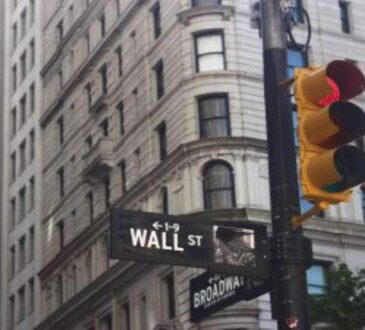
At the turn of the year, the market priced in as many as six interest-rate cuts beginning in March.
Those forecasts have since been trimmed. Expect four rate cuts in 2024 that will bring the federal funds rate to 4.30% by year-end, according to the Franklin Templeton Institute Global Investment Management Survey, which compiles the views of the firm’s 300 senior investment professionals who work across equities, fixed income, and alternatives.
That’s still more cuts than the Federal Open Market Committee projects in its dot plot: three reductions and a fed funds rate of 4.63% by year-end.
Clearly, the outcome is a moving target to forecast. Stephen Dover, chief market strategist and the head of the Franklin Templeton Institute, expects those rate cuts to begin closer to June or July and be 25 basis points each. He estimates that inflation will be at 2.7% by the end of 2024. In January, the consumer price index rose 3.1% year-over-year.
“The only reason I think you’d see a 50-basis-point cut is if we had a shock in the economy,” Dover said. “And it’s hard to tell what a shock would be. It could be geopolitical. But it also could be something like there’s concern right now about the banks that hold a lot of commercial real estate. If something happened suddenly in that sector, a big bank default or something, then we could see something happen very quickly.”
For now, Dover pointed to a strong US economy, with solid jobs and GDP growth, as working against the possibility of earlier rate cuts. He added that there’s “irrational exuberance” in the stock market, which is when there’s too much optimism that isn’t built on fundamentals. This will be another sticky point that the central bank will likely consider and could impact when cuts happen, he said.
Despite the macro strength, the stock market remains overpriced, in his view. The S&P 500 is above 21 times forward earnings; it’s too expensive unless you believe the Magnificent Seven will continue to be strong. Otherwise, the index’s fair value should be closer to 18 times on a forward P/E basis, he said.
Dover said that up to $6 trillion in cash equivalents was sitting on the sidelines and was dispersed in money market funds, checking accounts, and CDs, most of which was expected to end up in fixed income. But it’s clear that some of that has ended up in the equity market, leading to a melt-up, which is a quick move to the upside due to investor sentiment but not improved fundamentals.
What has likely happened is as the market moved up, investors who were underweight in equities panicked and increased their exposure, which reinforced the market’s upward movement. What he’s most concerned about is that we could soon see the opposite happen, which is a meltdown or pullback, he added.
Either way, he forecast that the S&P 500 will be at 4,750 by the end of the year. It closed at a record high of 5,088.80 on Friday.
The big question right now is whether the market will continue to be driven by the concentration of a handful of mega-cap technology stocks or whether it will diversify, he said. In the past, when a concentration of stocks dramatically led the market independent of the economy and other stocks, what tended to follow was outperformance in other areas such as value and small-cap stocks as well as emerging markets, he noted.
“So those are all sectors that our portfolio managers thought were the sectors that would outperform,” Dover said. “And I find that interesting because these are portfolio managers who are not voting necessarily in their own self-interest. There are growth managers who are saying, ‘Actually, I think value might outperform.'”

